So you want to become a backend developer in a year? That's totally doable, but let me be real with you - it's gonna require some serious commitment. I've been in the tech industry for a while now, and I've seen plenty of people make this transition successfully. The key is having a solid plan and sticking to it, even when things get tough.
Backend development is where the magic happens behind the scenes. While frontend developers create what users see and interact with, we backend folks build the engines that power everything. We're talking databases, server logic, APIs, and all the stuff that makes applications actually work. It's challenging, but incredibly rewarding when you see your code handling thousands of requests seamlessly.
Start With The Fundamentals - Don't Skip This Part
Before you dive into fancy frameworks and tools, you need to understand the basics. I can't stress this enough - too many people try to rush through fundamentals and end up struggling later. You need to get comfortable with at least one programming language really well.
For beginners, I usually recommend starting with either Python or JavaScript (Node.js). Python's syntax is clean and readable, making it perfect for newcomers. Plus, it's used everywhere - from web development to data science. JavaScript, on the other hand, lets you work on both frontend and backend, which is pretty convenient when you're starting out.
- Spend your first 2-3 months really mastering your chosen language's syntax and core concepts
- Learn about data structures and algorithms - yes, they matter in real-world development
- Get comfortable with version control using Git - you'll use this every single day
- Understand how the internet works - HTTP protocols, requests, responses, all that good stuff


Master Databases - They're Your Best Friend
Once you've got programming basics down, it's time to dive into databases. This is where a lot of backend magic happens. Most applications need to store and retrieve data, and that's where databases come in. Don't worry if it seems overwhelming at first - we've all been there.
Start with SQL databases like PostgreSQL or MySQL. Learn how to create tables, insert data, write queries, and understand relationships between different pieces of data. SQL might look scary at first, but once it clicks, you'll wonder how you ever lived without it.
I remember when I first started learning SQL, I thought "SELECT * FROM users" was the coolest thing ever. Now I cringe when I see it in production code because it's usually not what you actually want to do.
A Senior Backend Developer
After you're comfortable with SQL databases, explore NoSQL options like MongoDB. Different types of applications need different database solutions, and knowing both gives you more flexibility in your career.
Build Real Projects - Theory Only Gets You So Far
Here's where things get interesting. You can read all the tutorials and watch all the videos you want, but nothing beats building actual projects. Start small and gradually work your way up to more complex applications.
Your first project might be a simple REST API that manages a to-do list. Sounds boring? Maybe, but it teaches you essential skills: handling HTTP requests, connecting to a database, implementing CRUD operations, and structuring your code properly.
- Build a personal expense tracker with user authentication and data visualization
- Create a blog platform with user accounts, posts, comments, and admin features
- Develop an inventory management system for a small business
- Make a social media API with features like posts, likes, follows, and real-time notifications
Each project should push you to learn something new. Maybe your first project uses a basic framework, but your second one incorporates real-time features with WebSockets. Your third might involve working with external APIs or implementing complex business logic.
Learn a Backend Framework - Pick One and Stick With It
Frameworks make your life so much easier. They handle a lot of the repetitive stuff so you can focus on building features that matter. If you chose Python, Django and Flask are great options. Django is more "batteries included" while Flask gives you more control. For JavaScript, Express.js is the go-to choice, though Fastify is gaining popularity for its performance.
Don't framework-hop too much in your first year. Pick one that aligns with your language choice and really master it. Learn its conventions, understand its middleware system, figure out how routing works, and get comfortable with its testing tools.
Understanding APIs is Crucial
APIs are how different systems talk to each other, and as a backend developer, you'll be building them constantly. REST is still the most common approach, but GraphQL is becoming increasingly popular, especially for complex applications with lots of different data requirements.
Learn how to design clean, consistent APIs. Understand HTTP status codes (seriously, there's a difference between 401 and 403), implement proper error handling, and think about API versioning from the start. Your future self will thank you.
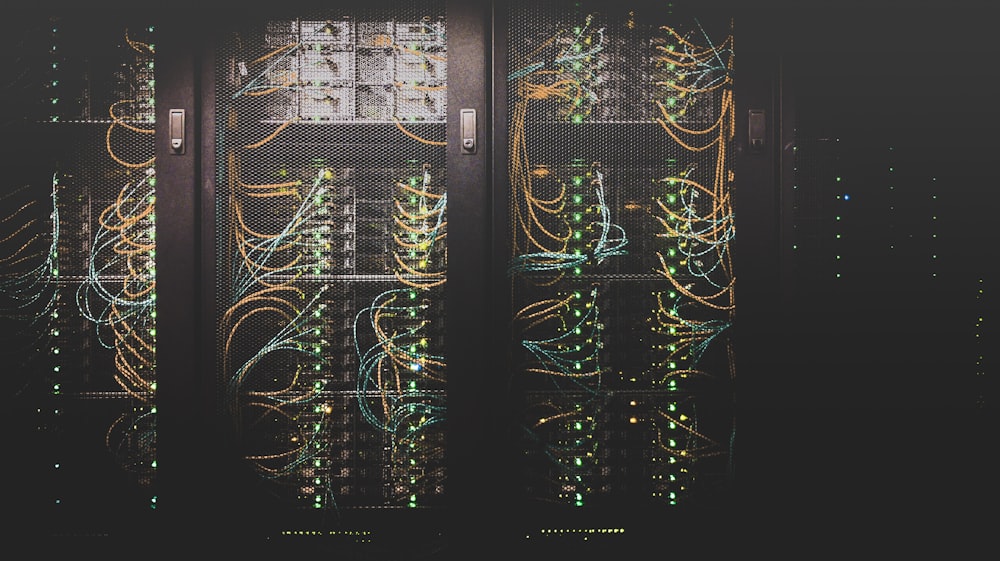
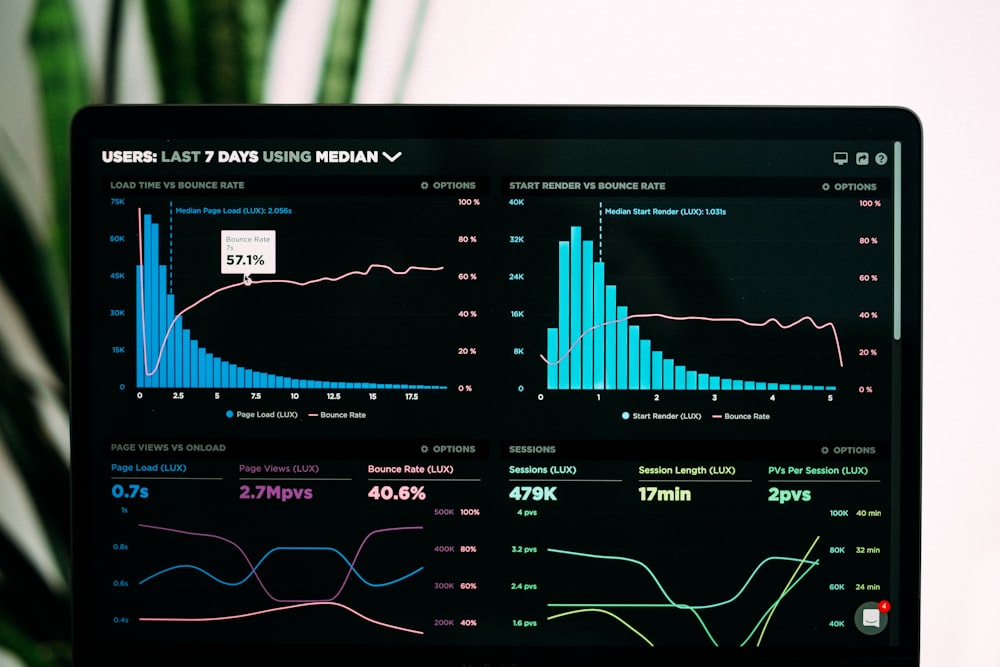
Don't Forget About Testing
Testing isn't the most exciting part of development, but it's absolutely essential. I've seen too many developers skip testing early in their careers, only to realize later how much time it actually saves. When you make changes to your code, tests give you confidence that you haven't broken anything.
Start with unit tests for your individual functions, then move on to integration tests that verify different parts of your system work together. Learn about test-driven development (TDD) - even if you don't use it religiously, understanding the concept will make you a better developer.
Get Familiar With DevOps Basics
Modern backend development isn't just about writing code - you need to understand how to deploy and manage your applications. Learn about containerization with Docker, understand basic Linux commands, and get comfortable with cloud platforms like AWS, Google Cloud, or Azure.
You don't need to become a DevOps expert, but understanding the basics will make you more valuable and help you debug issues in production. Plus, being able to deploy your own projects is incredibly satisfying.
- Learn Docker for containerizing your applications
- Understand basic CI/CD concepts and tools like GitHub Actions
- Get familiar with at least one cloud provider's core services
- Learn about monitoring and logging - you'll need these when things go wrong
Build Your Network and Keep Learning
The tech community is incredibly welcoming, and connecting with other developers can accelerate your learning significantly. Join developer communities on Discord or Slack, attend local meetups (virtual ones count too), and don't be afraid to ask questions.
Follow tech blogs, subscribe to newsletters, and stay updated with industry trends. Backend development evolves constantly, and staying current is part of the job. But don't feel pressured to learn every new technology that comes out - focus on fundamentals first.
The best developers I know aren't the ones who know every framework under the sun. They're the ones who understand core principles so well that they can adapt to any technology quickly.
Tech Lead at a Fortune 500 Company
Your Month-by-Month Roadmap
Here's a rough timeline that you can adjust based on your current experience and available time. Remember, everyone learns at different paces, so don't beat yourself up if you need more time on certain topics.
Months 1-3: Master your chosen programming language, learn Git, understand basic computer science concepts, and build simple console applications.
Months 4-6: Dive into databases, learn SQL, build your first web applications with a framework, and understand HTTP and REST principles.
Months 7-9: Build more complex projects, learn about authentication and security, explore NoSQL databases, and start learning about testing.
Months 10-12: Focus on advanced topics like caching, performance optimization, basic DevOps skills, and building a portfolio that showcases your abilities.
Landing Your First Backend Developer Job
By the end of your year, you should have several solid projects in your portfolio, a good understanding of backend principles, and the confidence to tackle real-world problems. When you're job hunting, focus on companies that hire junior developers and are willing to invest in your growth.
Don't worry if you don't know everything - no one does, not even senior developers. What matters is showing that you can learn, solve problems, and work well with others. Be honest about your experience level, but confident in your ability to contribute and grow.
The journey to becoming a backend developer is challenging but absolutely achievable in a year. Stay consistent, build lots of projects, and don't be afraid to ask for help when you need it. The tech industry needs more passionate developers, and with dedication and the right approach, you'll be writing production code before you know it.
Remember, becoming a developer is not just about the destination - it's about falling in love with the process of solving problems and building things that matter. Good luck on your journey!
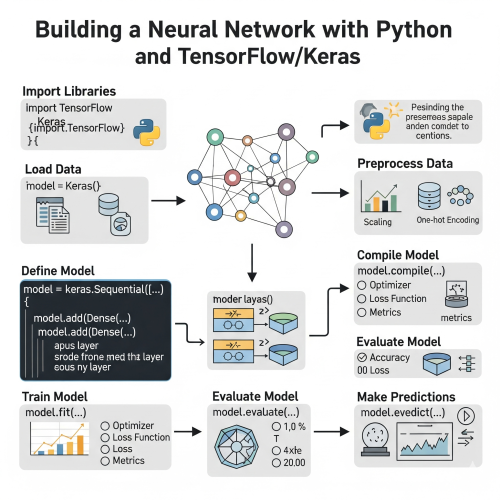


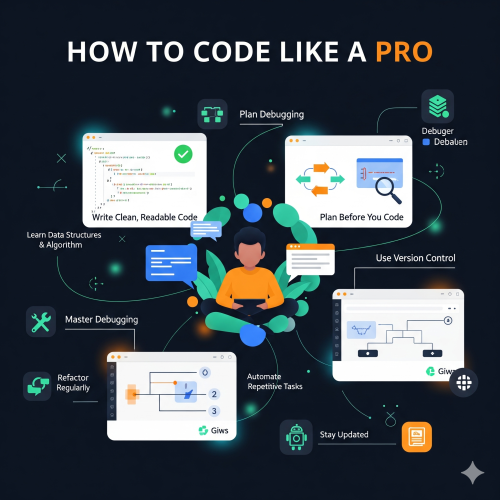
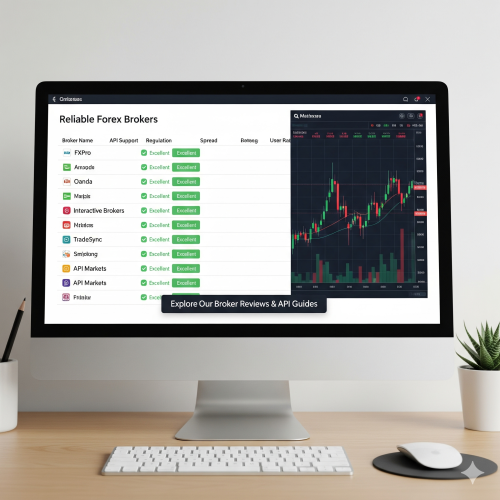
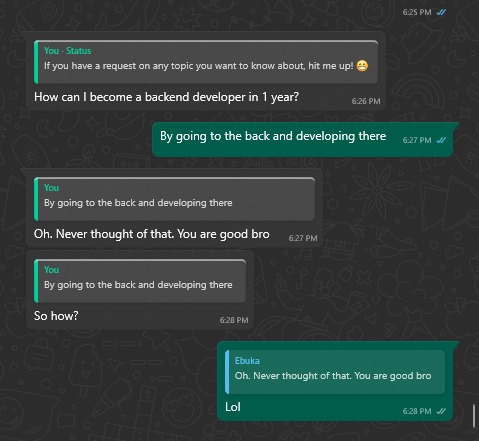
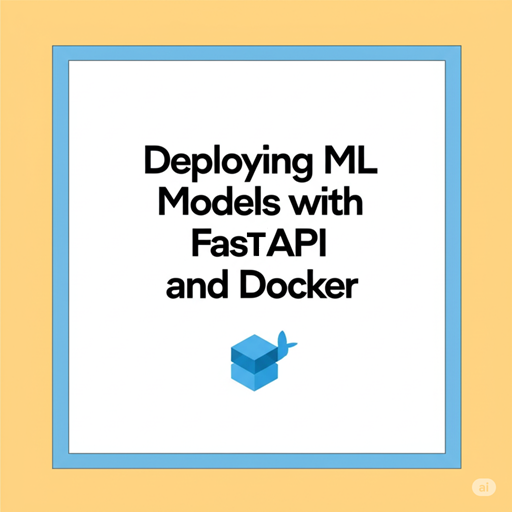



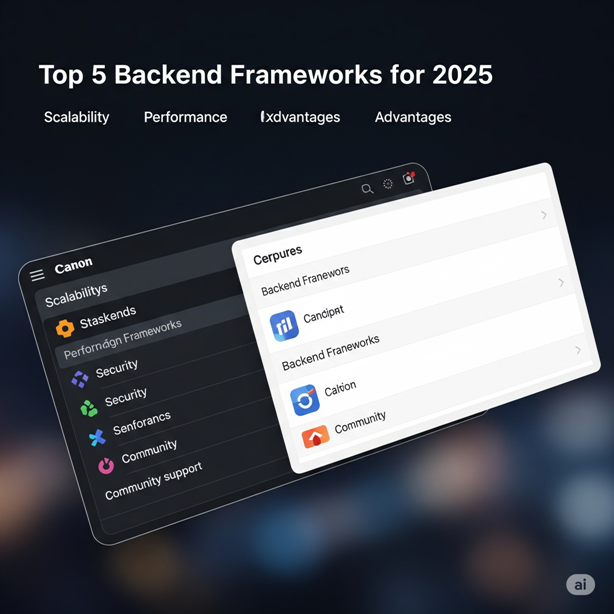
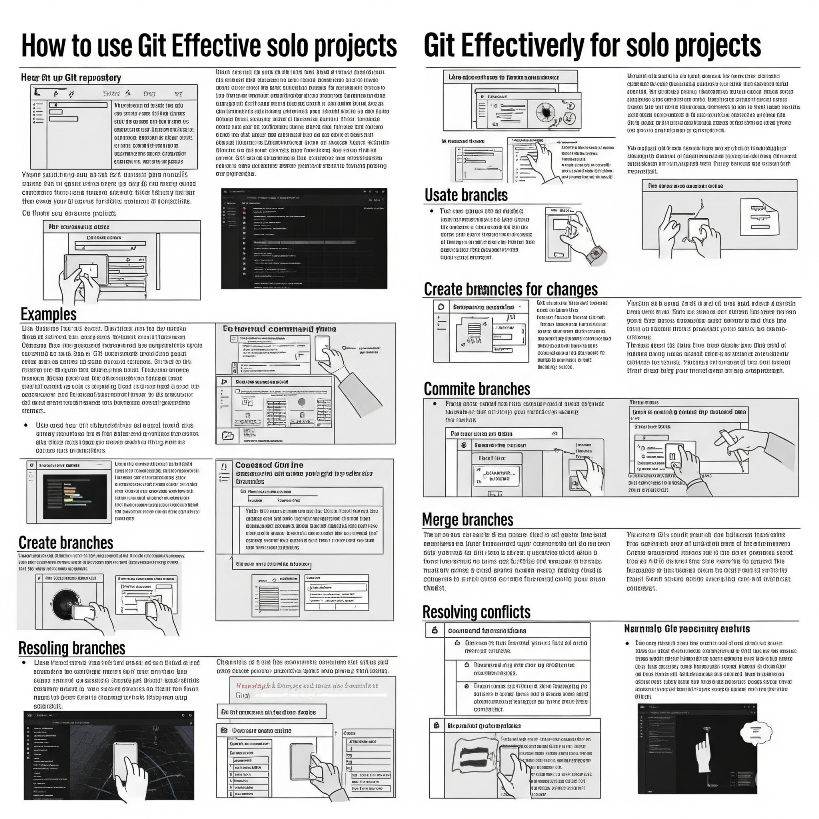


0 Comment